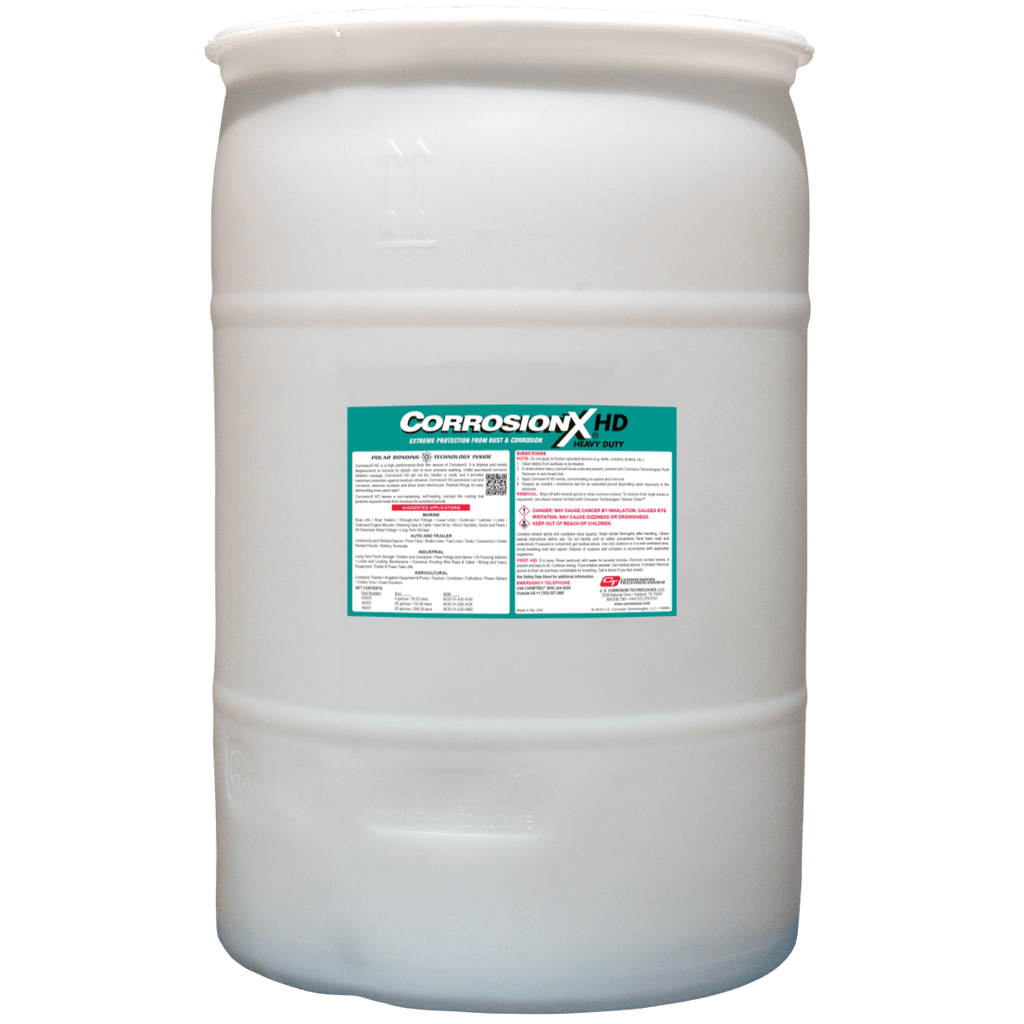Nickel alloys have become the preferred choice for high-temperature applications due to their exceptional mechanical and physical properties. They are specifically engineered to withstand extreme temperatures, corrosion, and high pressure, making them ideal for critical industrial components. SHOUGANG high temperature nickel alloys have become increasingly popular in aerospace, marine, and petrochemical industries due to their superior performance and reliability. However, these alloys may still suffer from corrosion and fatigue failure under certain operating conditions.

Corrosion-fatigue is a complex phenomenon that occurs when a material is subjected to cyclic loading and corrosive environments simultaneously. This interaction can significantly reduce the strength and durability of high-temperature nickel alloys, leading to premature failure. Corrosion-fatigue can be caused by various factors, including chemical attack, environmental exposure, mechanical deformation, and thermal stress. The severity of the attack and the number of cycles can determine the rate and extent of the damage.
The corrosion of high-temperature nickel alloys can occur through various mechanisms, including uniform, pitting, intergranular, and stress corrosion cracking. These mechanisms can be accelerated by high-temperature, high-pressure, and aggressive environments, such as seawater, acidic or alkaline solutions, and oxidizing gases. The corrosion products can weaken the surface, creating stress concentrations that can initiate cracks and accelerate fatigue failure.
Fatigue failure is the result of repeated loading and unloading of a material, causing microscopic cracks to form and propagate until they reach a critical size and cause catastrophic failure. High-temperature nickel alloys are designed to resist fatigue failure under normal operating conditions, but they can still suffer from fatigue due to corrosion, thermal cycling, and mechanical stress. Corrosion fatigue can lead to reduced fatigue life, early crack initiation, and accelerated crack growth, which can ultimately lead to component failure.
To mitigate corrosion-fatigue interactions in high-temperature nickel alloys, several approaches can be applied. One approach is to improve the material's resistance to corrosion by selecting appropriate alloy compositions, surface treatments, and coatings. For example, SHOUGANG high temperature nickel alloys are designed with high levels of nickel, chromium, and molybdenum to provide superior resistance to corrosion and oxidation. The surface treatments such as shot peening, cladding, or plasma spraying can also enhance the surface integrity and increase the fatigue life.
Another approach is to reduce the stress intensity and the number of cyclic loads by improving the design and operation of the components. This approach involves reducing stress concentrators, such as notches, sharp corners, and welds, and optimizing the component geometry and load cycles. For example, minimizing the thermal gradients and thermal shock can reduce thermal stress and thermal fatigue, increasing the life of high-temperature nickel alloys.
In conclusion, corrosion-fatigue interactions are a significant challenge for high-temperature nickel alloys, leading to premature failure and safety hazards. However, with the right alloy selection, surface treatments, and design optimization, it is possible to mitigate these interactions and improve the durability and safety of high-temperature nickel alloy components. SHOUGANG high temperature nickel alloys have been developed to provide reliable performance and resistance to corrosion-fatigue, making them an excellent choice for demanding applications.